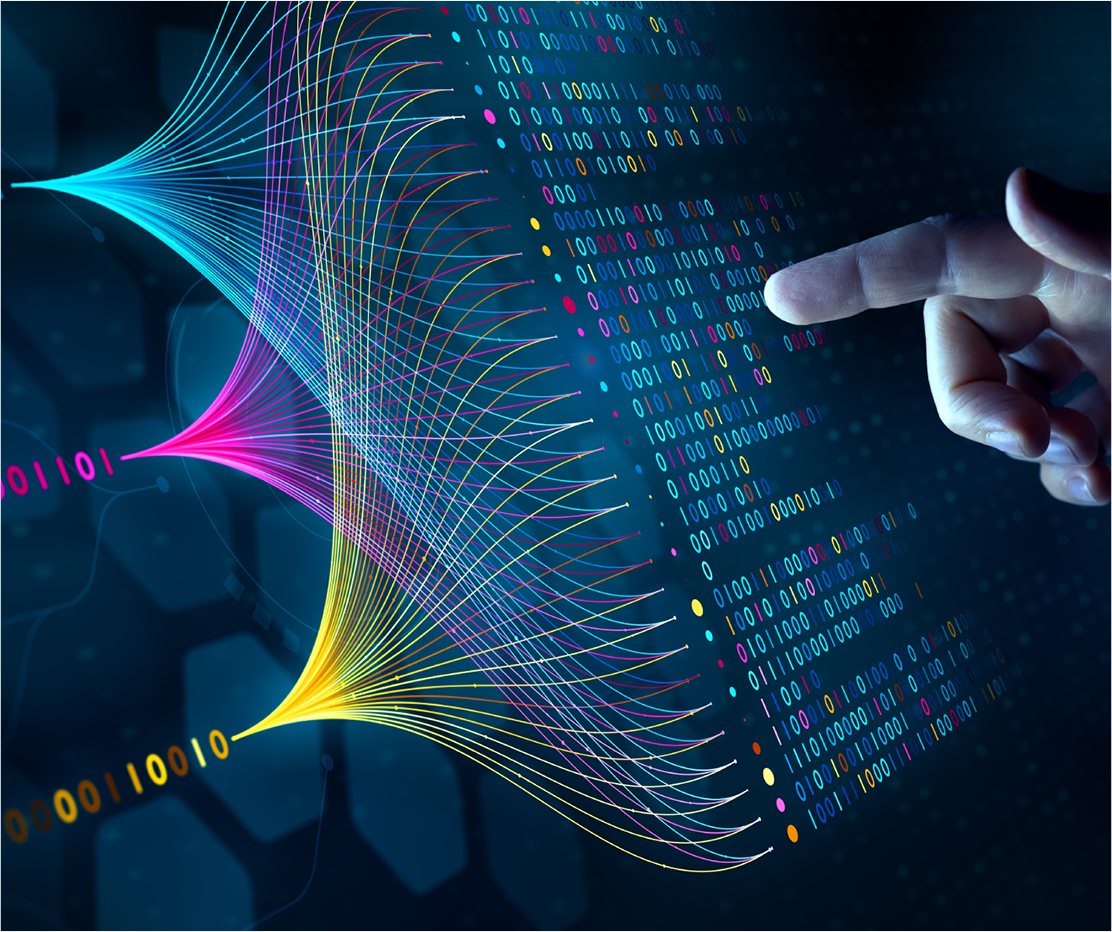Hello! My name is Oleg Andrus, I’m a Python developer at Levi9, and I love this language for its convenience, readability, and large community of like-minded people.
Python is among the top four most popular programming languages in the world, second only to JavaScript, HTML/CSS, and SQL. These languages emerged earlier and have found their place in many business projects. However, Python is actively making its mark on the IT market. It is versatile, easy to write, and simplifies working with data.
In this article, together with my colleagues from the Levi9 Python Meetup, which took place in July, Anastasiia Liatska and Viacheslav Leskiv, we explore the possibilities of Python and confirm its effectiveness based on our professional experience in the majority of business tasks.
Experienced engineers can be assured of the correctness of choosing Python as a programming language for their projects and learn a few interesting insights, while beginners can see the prospects. It will be useful!
Python is widespread and effective almost everywhere
In 2022, JavaScript, HTML/CSS, and SQL top the list of the most popular programming languages in the world. Python comes next, with more than 48% of developers writing projects in it. In particular, it is widespread in web development, data science, and machine learning. In recent years, it has been frequently chosen for NLP projects, such as voice assistants, blockchain smart contracts, and special effects for the film industry.
Python is not owned by any company and is open-source
Python is not owned by any company and is open source, which anyone can modify.
In Python, you don't think about how to do things, you just do them
Python is good at clustering data and simplifying its processing, which makes it easier to work with. That’s why businesses often choose it for their needs. For example, Uber uses it to improve the interaction between drivers and passengers. Numerous Python libraries and frameworks help with this.
In Python, you can run operations quickly and conveniently
One of the advantages of Python is its close interaction with Raspberry Pi, which is widespread in IoT, as well as with popular ML libraries such as TensorFlow and Keras. Besides, it has many tools under the hood and a simple code syntax. Thanks to this, you can focus on functionality, refactoring, and better work out the project logic.
My colleague Anastasia works with the Pandas library. This library contains many methods for writing code, so the developer spends less time on it, gets readable code, and can focus on logic and data processing algorithms.
Anastasiia is engaged in the creation of chatbots, where Python remains the main development language. However, the choice depends on the field and needs that the bot is supposed to solve. For instance, Python or Java is more often used for messengers, JavaScript for browser games, and C# or C++ for computer games.
Python is universal and there is no area in modern development where it cannot cope, but there are appropriate conditions under which it is more appropriate to use another language.
Python vs Java
Python, unlike Java, is a dynamically typed language. That is, you don’t need to worry about data types and write long code, but concentrate on other important things. At the same time, there is an opinion that data processing performance in Java is much better. However, practice shows that the quality and speed of processing huge amounts of data in both languages is almost the same.
Moreover, such things as TextBlocks and methods for working with String appeared in Java only in one of its latest versions, while Python has been around for several years.
Python vs C
Deep down, Python is based on C, but it allows you to write code much faster. It has a higher level of abstraction, so you can process arrays of data without going into details. In addition, there are many ready-made C-based interfaces, such as the NumPi or PsyFi libraries, that allow you to work with data as in C. This extension of functions makes the product more complete.
At the same time, C, although it requires a lot of time to write code, is faster in the process of executing logic. In practice, the difference in performance is imperceptible to users, but it is important, for example, for embedded developers who need to fit a lot of things into microcontrollers with limited memory.
Each language has a different style of writing functions and structure, and the choice of the right one depends on the tasks and experience of the people who will work with it. According to my colleague Viacheslav, a small mistake can cost a month of work. This risk should be realized and not only take into account the peculiarities of each language, but also adapt the approach to the task and adjust to the language.
Python is strong, but it has some weaknesses
The disadvantage of Python compared to languages like C++ is that when writing code, you should always take into account the possible occurrence of Runtime errors and support the code with tests. The Python interpreter finds bugs while the code is already running and stops the program completely.
In addition, the code is executed line by line and an error – division by zero, type mismatch, incorrectly specified variables, etc. – can appear at the most unexpected moment. Such a problem, for example, does not exist in C++, because errors are visible at the compilation stage, not during program execution.
The inconvenience of using Python can arise if you need to connect to different databases, as there are certain restrictions. Compared to such popular technologies as JDBC and ODBC, Python’s level of access to databases is somewhat limited.
However, the advantage of Python in working with data is that we build an idea of something based on its capabilities, not its essence or type. Drawing an analogy with a Lego set, C is a small cube that can break your legs, and Python is a plastic one for children that doesn’t hurt so much.
Python is like big Lego bricks—simple and has a good potential
Languages like Java, C#, and JavaScript appeared before Python, so the legacy of many projects is written in them, and companies don’t see the point in changing anything. But Python will not only remain, but will prove itself again and again. For example, it has already occupied the ML niche, and this area will develop in the context of Python. The base of projects will be written in this language, and, accordingly, businesses will be looking for specialists for them. Blockchain projects are also often written in Python.
Python is a good place to start because it is easier to learn and apply in practice compared to other languages. This language may seem simple – as if it is as easy to understand as a recipe book.
But learning and understanding the syntax of a language is one thing, and solving problems in it is another. It’s ridiculous to measure with Lego bricks if the task is to build the Eiffel Tower. This will be difficult to do in all languages, regardless of skills or experience.










